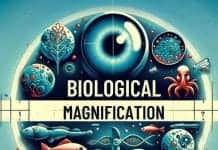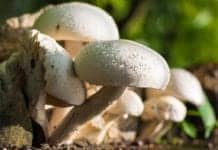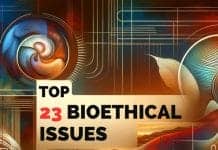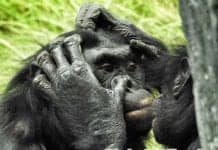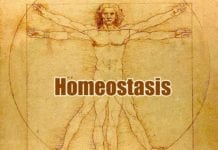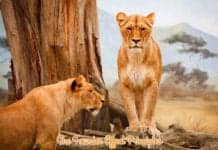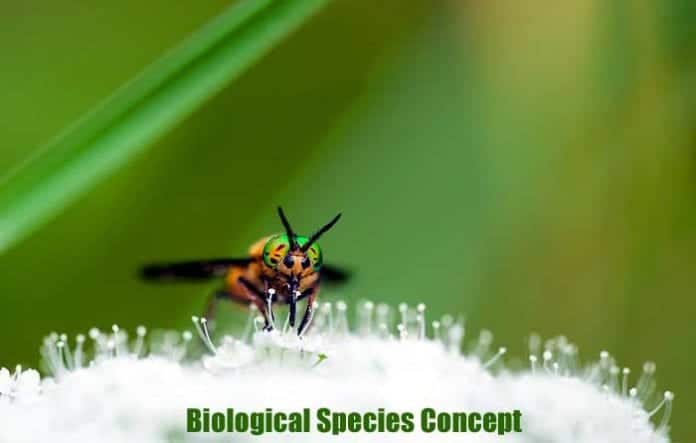
Biological Species Concept: Daily news about discovering novel organisms and even endangered species are being reported. However, when discussing a species, what do they pertain to?
As it turns out, the answer to this simple question is very complex.
More often than not, concepts about species (singular or plural) are very complicated. For example, even before Charles Darwin had launched his idea about how organisms could change through time, biologists have already struggled with questions about the definition of what a species is.
Everything became even more complex when he showcased pieces of evidence that support evolution.
Several attempts have been made to define a species, and many explanations have been proposed. For example, some tried to delineate based on physical appearance, others on ancestry.
However, this page will explore the most famous and widely accepted concept – the biological species concept.
Table of Contents
What is the Biological Species Concept?
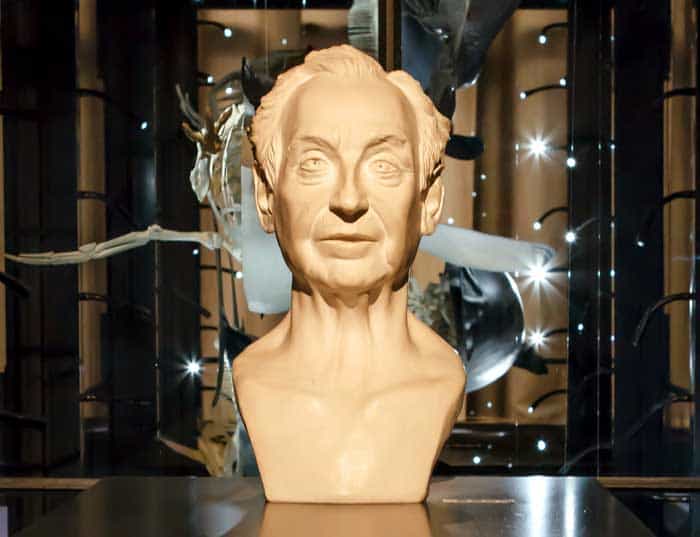
- In addition to that, Mayr also claimed that species of the same kind could identify their potential partners, and if ever they mate, they can produce fertile offspring.
- On the other hand, Mayr believed that different species would not even try to mate with each other. But if they do, they will only produce infertile offspring.
- Ernst Mayr was the first biologist to emphasize the use of the idea of reproduction (both shared and lack of) in delineating between different species. Later on, he called the ideas as the infamous Biological Species Concept.
Importance of Biological Species Concept
The uncertainty about species identification is not just a problem for scientists. Everyone, even those not in the scientific field, must be able to distinguish among different kinds of organisms[3].
The following reasons explain why the concept of species is of great importance.
1) Defines why individuals of the same species are alike
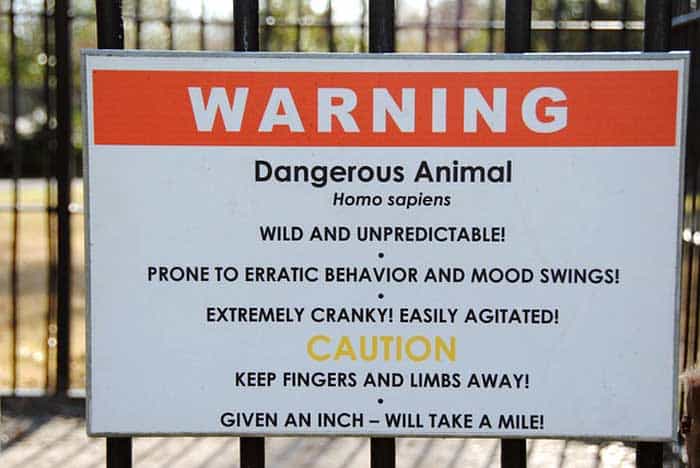 Interbreeding happens when individuals of the same species tend to breed only among themselves. As this process occurs repeatedly, the parents’ genes passed on to their offspring are rearranged around the species’ gene pool (a set of different genes in an interbreeding population). This gene pool then gives the species a sort of identity.
Interbreeding happens when individuals of the same species tend to breed only among themselves. As this process occurs repeatedly, the parents’ genes passed on to their offspring are rearranged around the species’ gene pool (a set of different genes in an interbreeding population). This gene pool then gives the species a sort of identity.
For instance, humans are known as the species Homo sapiens. The biological species concept can differentiate humans from other species by looking at their genes (genome) and gene pool.
![]()
2) Explains the importance of reproduction in the perpetuation of species
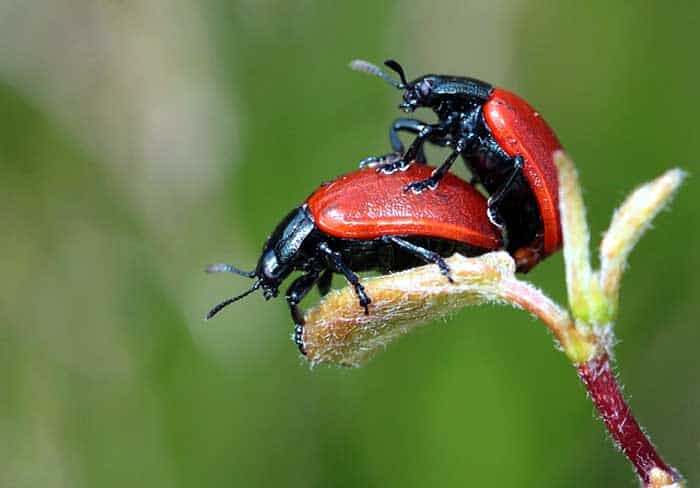 For species to continue to survive, they need to undergo reproduction. And that is what the biological species concept is mainly about reproduction. According to the concept, individuals continually look for others as potential partners to continue their species’ existence.
For species to continue to survive, they need to undergo reproduction. And that is what the biological species concept is mainly about reproduction. According to the concept, individuals continually look for others as potential partners to continue their species’ existence.
![]()
3) Has a vital role in taxonomy
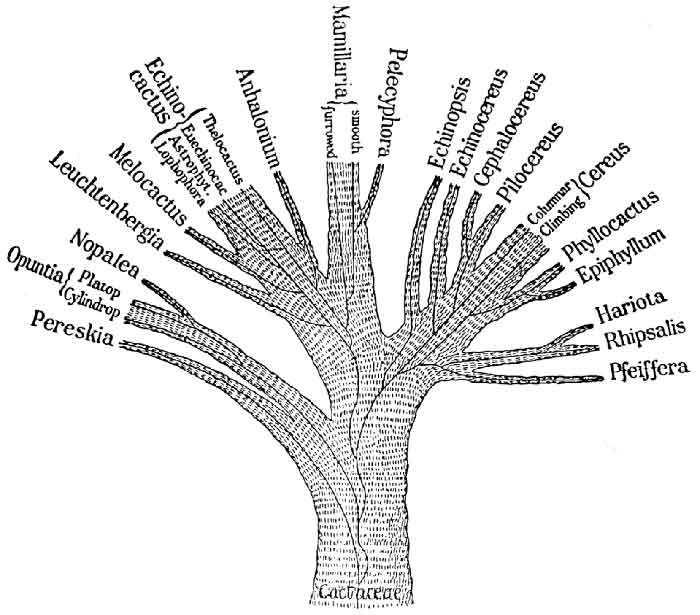 Taxonomy, or the science that deals with the identification, naming, describing, and classifying living organisms, traces its principles from the biological species concept. Applying the definition of a species becomes essential in the field as it sets parameters of how to classify each organism. By having a “specific” definition, it will be much easier to delineate organisms that do not meet specific criteria.
Taxonomy, or the science that deals with the identification, naming, describing, and classifying living organisms, traces its principles from the biological species concept. Applying the definition of a species becomes essential in the field as it sets parameters of how to classify each organism. By having a “specific” definition, it will be much easier to delineate organisms that do not meet specific criteria.
![]()
Limitations/Problems of Biological Species Concept
But despite the widespread acceptance of the biological species concept, other scientists somewhat criticized the idea’s very definition. Sometimes the definition of the concept is limited and tends to be complicated by various factors[4]. Below are some of the following:
A) Overlooks variations that occur within species
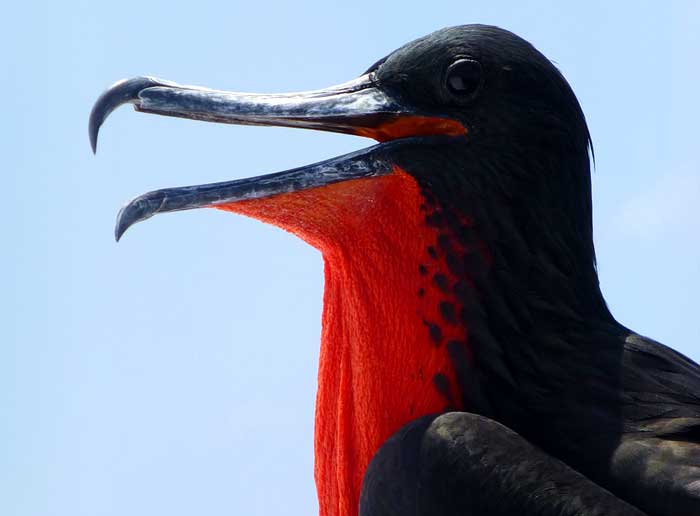 Sometimes, individuals of the same species are unable to reproduce among themselves due to the difference in geographical location.
Sometimes, individuals of the same species are unable to reproduce among themselves due to the difference in geographical location.
- Scientists then argue that if they follow the definition from the concept, wouldn’t the resistance of some organisms (even though they have the same morphological characteristics as the others) to mate due to geographic locations make them a different species?
- Example-1: One good example of this variation caused by geographic location is the case of the female Galapagos ground finch Geospiza difficilis. Interestingly, they only respond to the songs of males on the same island and tend to ignore the males’ songs of the same species from other locations. Certainly, the biological species concept cannot explain this phenomenon.
![]()
B) Does not take into consideration the changes that happen over time
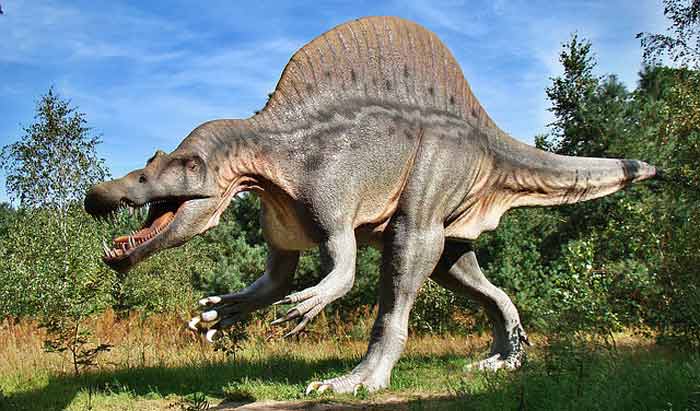 By merely observing mating patterns between organisms, the Biological Species Concept tends to overlook the fact that such concept is inapplicable to the study of fossils.
By merely observing mating patterns between organisms, the Biological Species Concept tends to overlook the fact that such concept is inapplicable to the study of fossils.
- The very concept seems to be widely problematic, especially when applied to paleontology.
- Paleontologists study organisms that are separated by thousands of years hence it would be difficult to determine whether such organisms were once part of the same reproductive community.
- Example: In the case of the dinosaurs, since no more species of dinosaurs exist at present, it would be impossible to trace their mating pattern or part in the reproductive community. Hence, the field of paleontology requires a different concept to define a species (i.e., phylogenetic species concept)
![]()
C) Tends to ignore hybridization
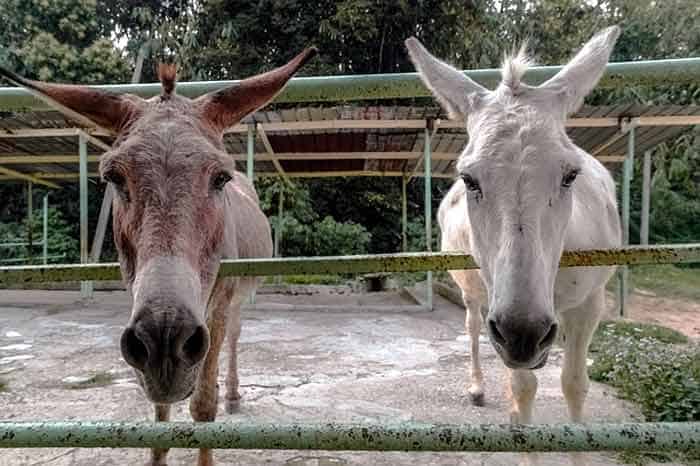 This phenomenon occurs when there is a mating between two genetically distinct species that creates a new organism[5].
This phenomenon occurs when there is a mating between two genetically distinct species that creates a new organism[5].
- The offspring, often infertile (unable to reproduce), then has inherited the characteristics of both of its parents.
- Example: A hybrid between a horse and a donkey – a mule. These infertile species are incapable of mating with either of the parent species. And as alluded to earlier in the previous items, the definition of a “species” based on the concept is invalid and inapplicable to this phenomenon.
![]()
D) Has problems regarding classifying non-bisexual organisms
 In the kingdoms of biological organisms, it is apparent that some organisms are classified as neither “males” nor “females“.
In the kingdoms of biological organisms, it is apparent that some organisms are classified as neither “males” nor “females“.
- Several modes of uni-parental (single parent) births have already been recorded, and such have been geared of evolutionary significance. According to the biological species concept, the definition of a species tends to be inapplicable in many cases in the biological world.
- Example: Many species of bacteria reproduce through an asexual process (either by mere conjugation or binary fission) and are assigned to each species based on their chemical and structural characteristics. Again, the Biological Species concept requires organisms to mate with each other and exchange their genetic material to be called a species.
- Bacteria deviate from this definition; hence, other species concepts should be used.
![]()
Other Species Concepts
As mentioned earlier, the biological species concept cannot address its limitations. As a result, many concepts to define a species were proposed. Below are just some of them.
Recognition Species Concept (RSC)
 Similar to the biological species concept, the recognition species concept revolves around the mating behavior and breeding patterns of organisms.
Similar to the biological species concept, the recognition species concept revolves around the mating behavior and breeding patterns of organisms.
- According to this concept, organisms that recognize other organisms as their potential partner are considered the same species. Such phenomenon is termed as a “shared mate recognition system“.
- Take for example the species in the Class Insecta of the Kingdom Animalia. Using this concept, insects like butterflies, bees, and ants can be classified as a species because they can recognize other “insects” as their potential mate despite their vast number.
![]()
Phenetic species concept (PhSC)
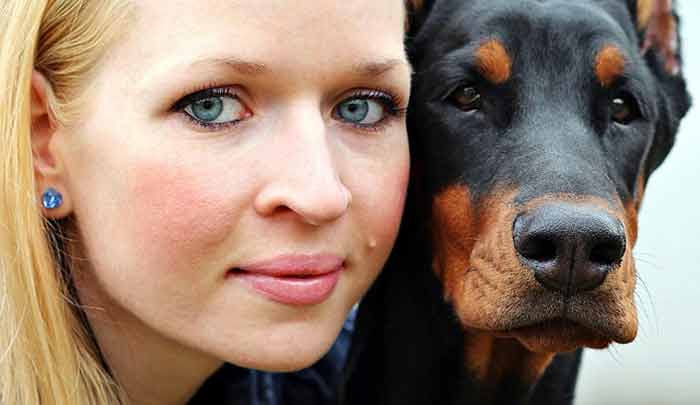 This concept dwells on the phenotypic (physical) characteristics that exist among organisms. According to this concept, organisms are classified under the same species only when physically distinct from other organisms.
This concept dwells on the phenotypic (physical) characteristics that exist among organisms. According to this concept, organisms are classified under the same species only when physically distinct from other organisms.
- Unlike the recognition species concept, the phenetic species concept proposes that individuals who look physically similar but tend to avoid each other during mating are still considered the same species.
- The human species Homo sapiens can be used as an example for this concept. Humans can be classified as a single species because they look similar – the same body parts and organs. This is, of course, regardless of some variations like skin color, height, and other traits.
![]()
Phylogenetic Species Concept (PSC)
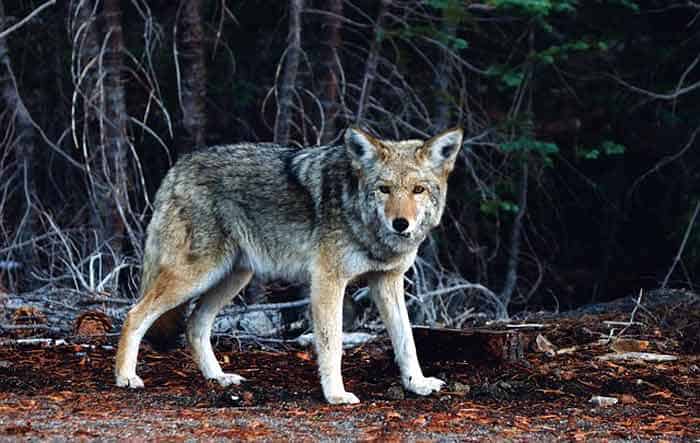 This concept has a different approach as compared to the two previous ones. According to this concept, individuals belong to the same species if and only if they have descended from a common ancestor.
This concept has a different approach as compared to the two previous ones. According to this concept, individuals belong to the same species if and only if they have descended from a common ancestor.
- By having been descended from a common ancestor, each individual of the same species has certain defining (distinguishable from others) and derived (a common trait inherited from an ancestor) traits.
- One good example of this concept is the species of dogs (e.g., Shi tzu, bulldog, pug) Canis familiaris, which all descended from their common ancestor: wolves. While they have shared characteristics, they also develop certain unique traits. Hence, species are considered to be individually distinct from each other.
![]()
More Species Concepts
According to ‘A hierarchy of species concepts: the denouement in the saga of the species problem‘ written by Dr. R.L. Mayden[6], there are other less common species concepts as well which are listed below:
- Agamospecies Concept (ASC)
- Cohesion Species Concept (CSC)
- Cladistic Species Concept (CISC)
- Composite Species Concept (CpSC)
- Ecological Species Concept (EcSC)
- Evolutionary Significant Unit (ESU)
- Evolutionary Species Concept (ESC)
- Genealogical Concordance (GCC)
- Genetic Species Concept (GSC)
- Genotypic Cluster Definition (GCD)
- Hennigian Species Concept (HSC)
- Internodal Species Concept (ISC)
- Morphological Species Concept (MSC)
- Non-dimensional Species Concept (NDSC)
- Polythetic Species Concept (PtSC)
- Recognition Species Concept (RSC)
- Reproductive Competition (RCC)
- Successional Species Concept (SSC)
- Taxonomic Species Concept (TSC)
![]()
While the biological species concept remains to be questioned by some, it undeniably provides the most basic and correct definition of a species. It is essential to know that unanswered questions about species tend to impact, especially regarding their preservation and possible restoration.
But as far as the definition of what a species is concerned (and after knowing the limitations of the concept), do you agree with Mayr’s? What do you think?


